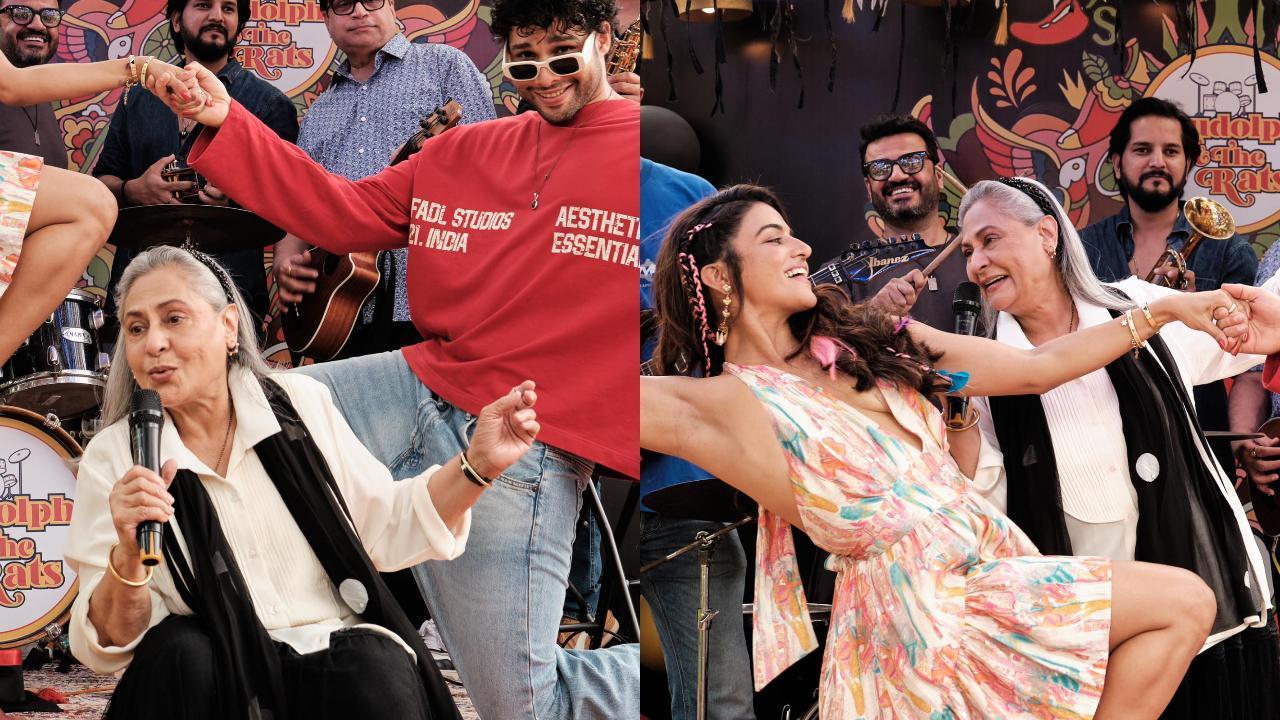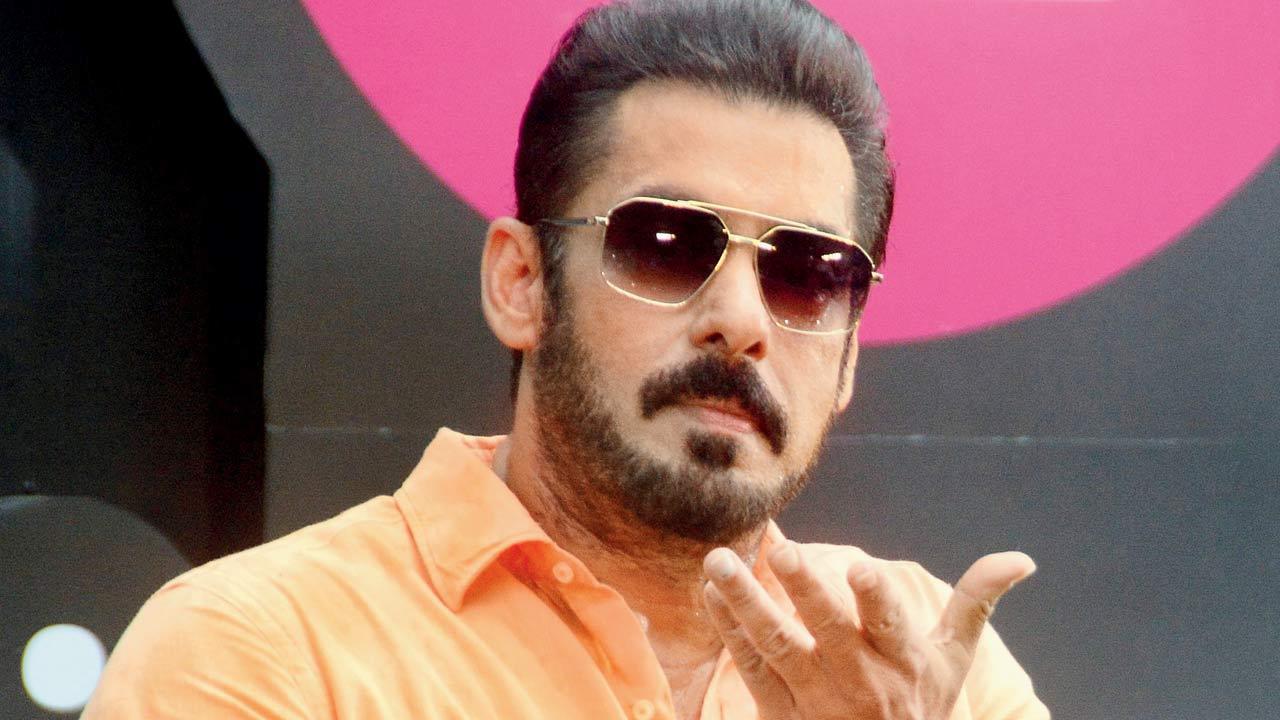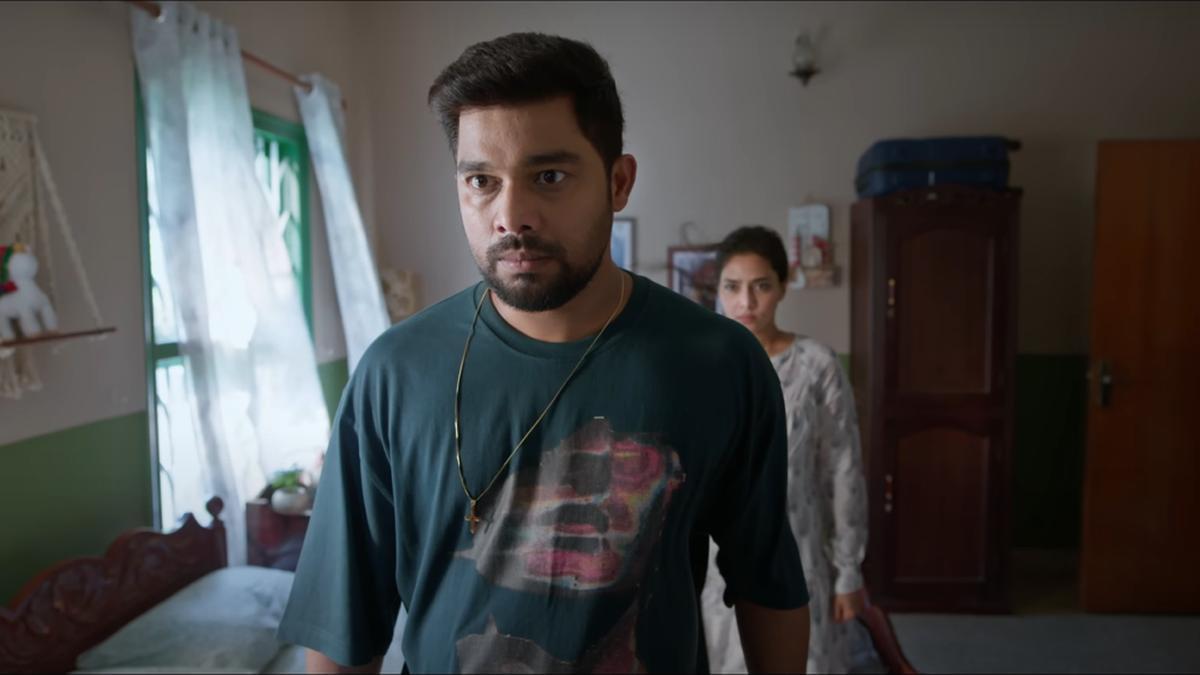
Amidst the buzzing corridors of contemporary Indian cinema, a unique chronicle unfolds as cinematographer Shehnad Jalal captures the eerie essence of horror through monochromatic lens in the much-discussed Malayalam films Bhoothakalam (2022) and Bramayugam. The latter, featuring the iconic Mammootty, has sprinted to astonishing success at the box office, despite—or perhaps because of—its stark black-and-white presentation.
The choice to omit color from the frame was a deliberate and artistically charged decision. Black-and-white film carries the weight of nostalgia and historicity, something Shehnad is very familiar with. During his post-graduate studies at the revered Satyajit Ray Film and Television Institute, monochrome was integral to his foundation in cinematography. This connection to classics and the days of manually developing film has permeated his work, making the reception of Bramayugam a testament to the continuing allure of this timeless medium in cinema.
Bramayugam, directed by Rahul Sadasivan, sees Mammootty transform into Koduman Potty, lord of a dilapidated mansion, where alongside his cook (Sidharth Bharathan), drama unfurls with the arrival of Thevan (Arjun Ashokan), a ‘lower caste’ singer seeking sanctuary. The setting—a character in its own right—is the atmospheric backdrop for the unfolding horror.
The importance of texture, contrast, and composition in black-and-white cinema is not lost on Shehnad, who highlights the specific challenges and advantages that this style brings to the horror genre. The lack of color intensity can amplify the haunting elements, playing upon the audience’s sense of fear. This was something director Rahul and Shehnad cherished, a chance to hark back to an era seldom revisited by modern filmmakers in India, with only a few like Don Palathara exploring the monochrome route in their first three films.
Shehnad conveys the complex technical dimensions of shooting in black and white, ensuring that the camera settings were appropriately adjusted so that the crew experienced the film as the audience would. This meant that no one, Shehnad included, has witnessed Bramayugam in any spectrum other than grayscale.
In preparation, the pre-production phase was comprehensive, including meticulous set photography to enshrine the artists’ placements before the action commenced. The film’s manifold dimensions were further deepened by shooting in actual locations, such as Olappamanna Mana and Varikkassery Mana in Palakkad district. The art director, Jothish Shankar, and his team, performed near-miraculous transformations of these sites to achieve the envisioned ambiance. Studio-constructed sets also played a pivotal role, immersing the crew into ever-changing terrains that supported the film’s narrative thrust.
Artistic complexities ensued when fashioning the film’s climax, demanding the simultaneous achievement of illumination and obscurity. Added to this was the tactical manipulation of property textures, from walls to pillars, to ensure visual prominence within the monochromatic frames. Even the rain—real and artificial—served a distinct narrative purpose, further attesting to Shehnad’s dedicated craft.
Shehnad’s journey through the world of cinema, initially stirred by the film societies of Thiruvananthapuram and complemented by a deep-seated passion for still photography, has been marked by continuous learning and exploration. With a background of working as an associate to acclaimed cinematographer Venu and his first recognition with Chitrasuthram, earning him the Kerala State Film Award for Best Cinematography, his contributions to films such as Ee Adutha Kalathu, Left Right Left, Kanyaka Talkies, and Kamala reflect his growing mastery.
Handling horror with finesse in two distinct films presented Shehnad with different spatial canvases. In Bramayugam, unlike the confinement of Bhoothakalam, he navigated an array of rooms—each echoing its distinctive eeriness. His reliance on naturalistic components like lighting articulates that horror on screen is not simply a product of one element but the symphony of sound design, editing, and performance.
This film marked Shehnad’s first independent collab with the venerable Mammootty. Highlighting Mammootty’s transformative ability, Shehnad speaks with a mix of awe and professional respect for the actor’s instinctive and adept handling of scenes, a dynamic that often left the cinematographer marveling at the sheer power of an exceptional take.
Rahul Sadasivan’s directorial vision is underscored as meticulously visual rather than verbose. Bramayugam’s shots were not merely framed but preconceived, cataloged pictorially, reinforcing a vision that both director and cinematographer committed themselves to with unwavering dedication. Their collaboration culminated in a blend of suspense, history, and aesthetics that transcended the skepticism often attached to black-and-white cinema, brimming with confidence in the film’s innovative flare.
The triumph of Bramayugam at the box office stands as a bold indication—audiences remain captivated by the chiaroscuro tapestry where stories lurk in shadows, waiting to emerge in the stark relief that only black and white can provide.










